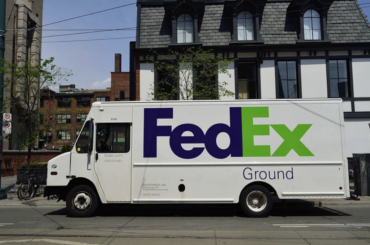If you’ve ever ordered something online, you’ve probably been eager to track your package and follow its journey to your doorstep. While tracking can provide peace of mind, it’s essential to understand what each tracking status means.
One common status you may encounter is “pre-shipment.” What does pre shipment mean on this status?
By understanding what pre-shipment status means in package tracking, you can stay informed and anticipate when your package will arrive. The next time you track a package, don’t fret if it’s in pre-shipment status.
Definition of Pre-Shipment Status
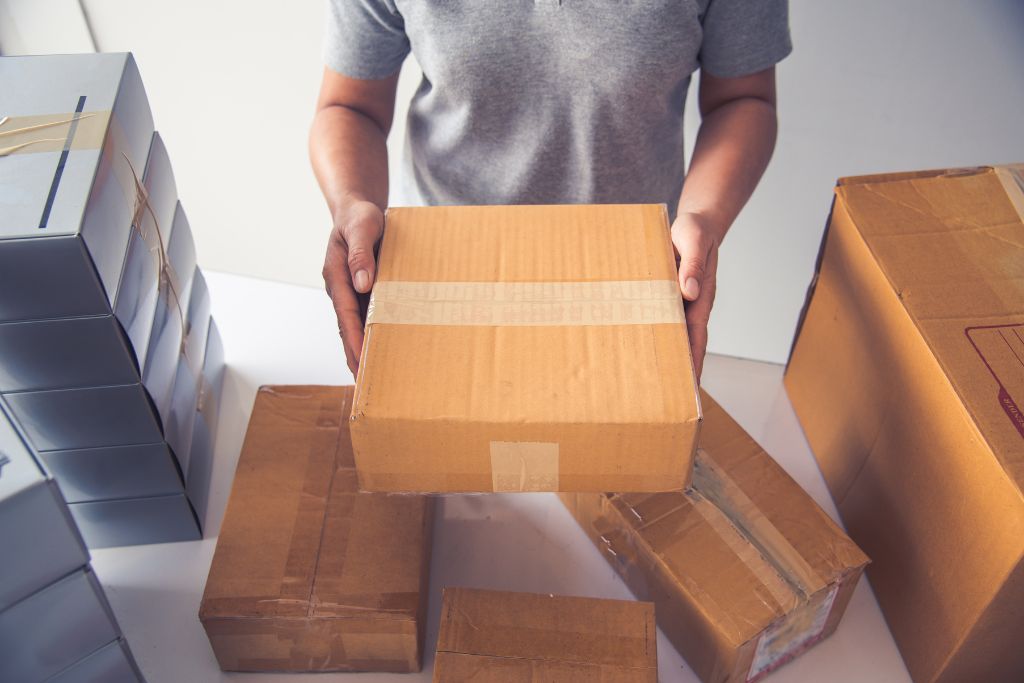
Pre-shipment status refers to when the seller creates a shipping label, and the carrier physically picks up the package for delivery. During this time, the package is prepared for shipping, including packing, labeling, and any necessary documentation.
If you use USPS for shipping, you may see the term “USPS pre shipment” as the status. This status simply means that the shipping label has been created, and the package is waiting to be picked up by the carrier.
Other common pre-shipment status updates include “pre-transit,” “shipping label created,” and “pre-shipment info received.” These statuses indicate that the package is in the pre-shipment stage and has not yet begun its journey to you.
It’s essential to note that the pre-shipment status can sometimes last longer than expected, depending on the seller’s processing time or carrier’s pickup schedule. Once the carrier picks up the package, the tracking information will be updated to show the location and estimated delivery date.
What are the Reasons for Pre-Shipment Status
The pre-shipment status is a common occurrence when tracking packages, and it can happen for several reasons. Here are some of the most common reasons packages might be in pre-shipment status:
Order Processing Time
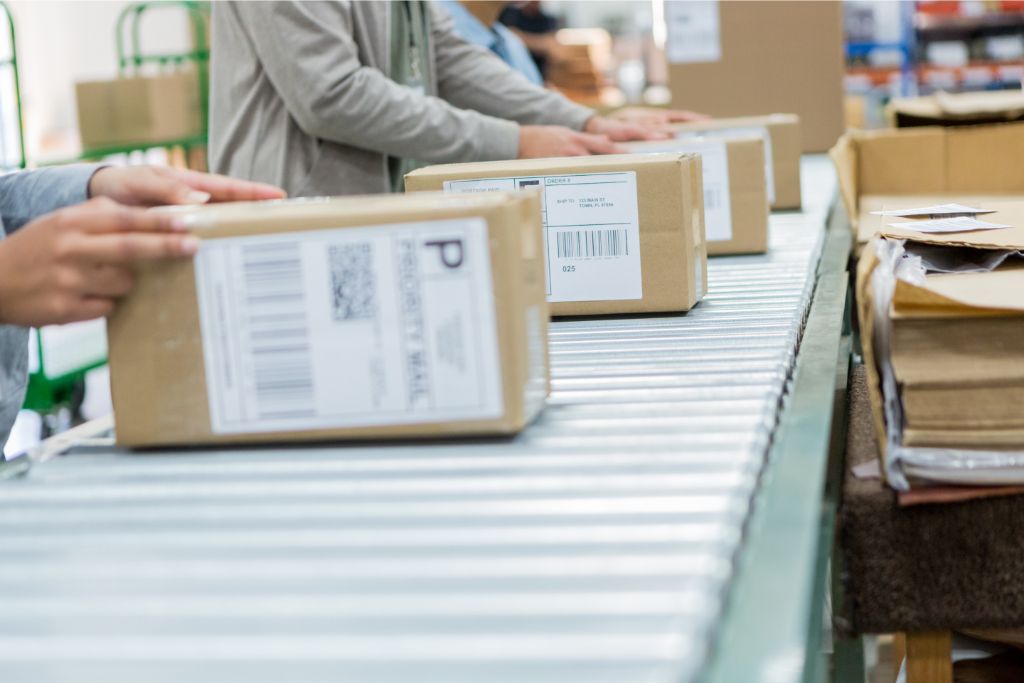
When you order something online, the seller must process it before shipping it. This process can take a few hours to a few days, depending on the seller’s policies and the volume of orders they receive.
Label Printing
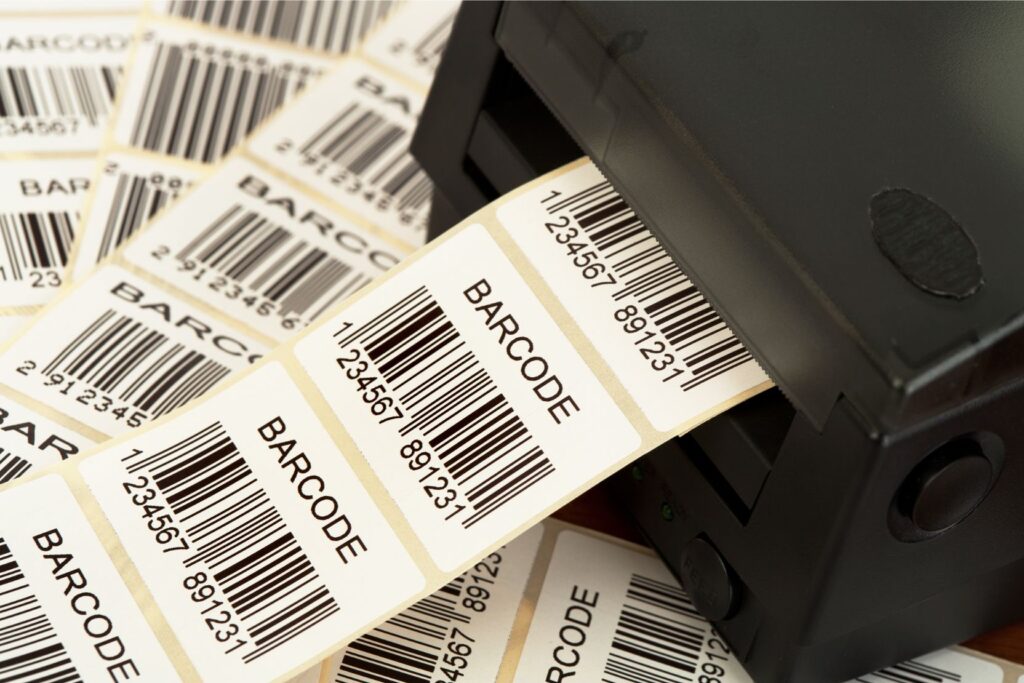
Once the seller has processed your order, they must print a shipping label. This label contains important information, such as the shipping address and tracking number. The seller can take some time to print and attach the label to the package.
Carrier Pickup
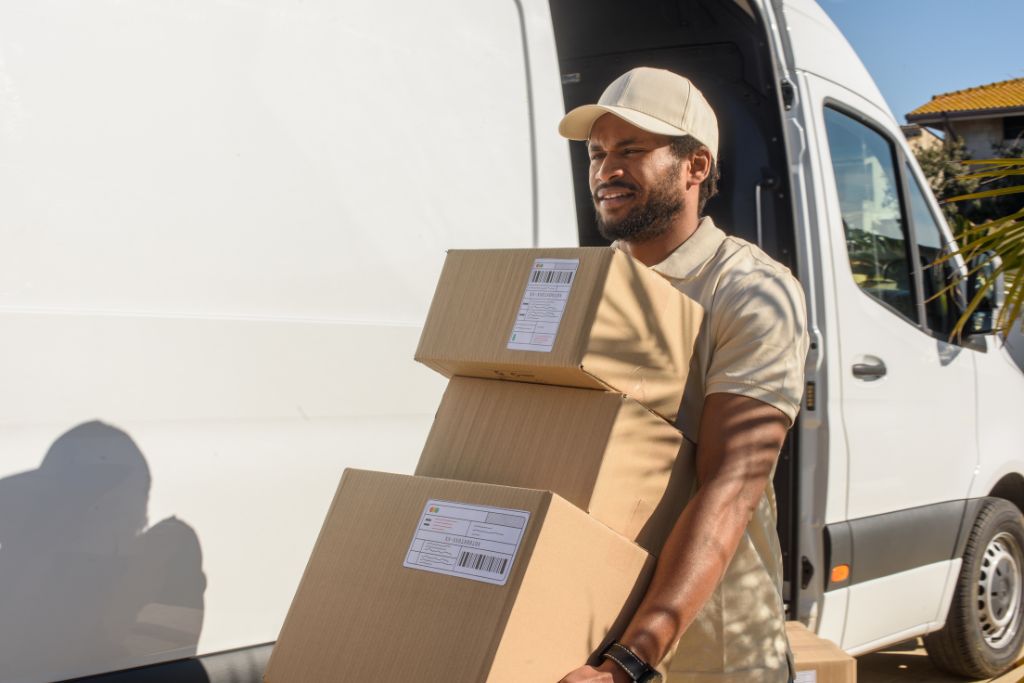
Once the label is attached to your package, the shipping carrier needs to come and pick it up. Sometimes the carrier may carry many packages, especially during busy times, like holidays or sales events. This can cause some delays in them coming to pick up your package.
What To Do if Your Package Is in Pre-Shipment Status
It can be concerning if you recently received tracking information for your package and noticed that it is in pre-shipment status. There are steps you can take to ensure that your package is on its way and ways to track and monitor its progress.
Steps to Take If Your Package is in Pre-Shipment Status
- Double-check the tracking information: Ensure that you have entered the correct tracking number and that there are no errors in the shipping address. If the address is incorrect, contact the seller to correct it.
- Contact the seller: If you have not received a shipping confirmation, or if it has been longer than the estimated shipping time, contact the seller to inquire about the status of your order. They may be able to provide additional information or help you locate the package.
- Wait a little longer: In some cases, packages can be delayed due to high volume or weather conditions. If the tracking information shows that the package is still in pre-shipment status, it may simply be awaiting pickup by the carrier.
How to Track and Monitor Your Package in Pre-Shipment Status
Here are the steps to track and monitor your package in pre-shipment status:
- Visit the tracking page: Go to the postal service’s tracking page and enter the tracking number provided by the seller. This page will help you see where your package is in the delivery process.
- Check for updates: Check the tracking page for updates on the package’s status. The tracking page should be updated with new information if your package is stuck in pre shipment status or has any delays or issues. This will help you stay informed about any changes in delivery time.
- Notice the expected delivery date: The tracking page should also show the expected delivery date for your package. Keep this date in mind and contact the seller if the package does not arrive by this date. This will help you know when to expect your package and follow up if it doesn’t arrive on time.
By following these steps and monitoring your package’s progress through the tracking page, you can help ensure it arrives safely and on time. If you have any concerns or questions, contact the postal unit where the delivery is being made or the USPS sorting facility for more information.
Best Practices To Avoid Hassle During Pre-Shipment Status

To ensure your package arrives on time and without any issues, follow these best practices and familiarize yourself with the shipping carrier’s policies and procedures. Doing so can increase the chances of a prompt and smooth delivery.
- Ensure that you have accurate and complete shipping information: Double-check the address and contact information for your recipient to avoid any errors or delays in delivery. This is especially important if you are shipping internationally.
- Use a reliable shipping carrier: Choose a reputable shipping carrier with a track record of delivering packages on time and in good condition. Research the carrier’s policies and procedures to ensure that you understand their processes and can follow their guidelines for shipping.
- Provide electronic shipping information as soon as possible: To speed up the shipping process, provide electronic shipping information as soon as possible. This information includes the shipping label and tracking number, and it should be provided to the carrier as soon as the package is ready to be shipped.
- Monitor your package’s progress: Keep an eye on your package’s progress by regularly checking the tracking information on the carrier’s website. Contact the carrier’s customer service for assistance if you notice any delays or issues.
It’s important to note that unexpected situations can still lead to delays, but taking proactive measures and being well-prepared can minimize the risk of your package being stuck in pre-shipment status or experiencing other issues like “USPS awaits item” or “final postal unit” problems.
Conclusion
Pre-shipment status can be frustrating for both the sender and the recipient of a package. It can be caused by various factors, such as delays in providing electronic shipping information or errors in the shipping address.
Monitoring your package’s progress and understanding shipping carrier policies and procedures can also help ensure a smooth delivery process. By following these best practices, you can increase the chances of your package arriving at its destination on time and without any issues.
FAQs
What is pre-shipment risk?
Pre-shipment risk refers to the potential financial or commercial risks that can occur before the goods are shipped, including damage or loss of goods, delayed delivery, or failure to meet contractual obligations.
What is included in a pre-shipment advance?
A pre-shipment advance is a type of loan that allows businesses to receive financing for producing or purchasing goods before they are shipped. This can include costs for raw materials, labor, and other expenses related to the production process.
How long does pre-shipment take?
The length of pre-shipment can vary depending on the type of shipment and the shipping carrier.
What is pre-shipment info?
Pre-shipment info refers to the electronic shipping information provided to the carrier before the package is shipped. This includes the shipping label and tracking number, which allows the carrier to track the package throughout the shipping process.
What are pre-shipment fees?
Pre-shipment fees refer to the costs associated with preparing a package for shipment, such as packaging materials, labor, and handling fees. These fees may be charged by the shipping carrier or by the business or individual sending the package.


